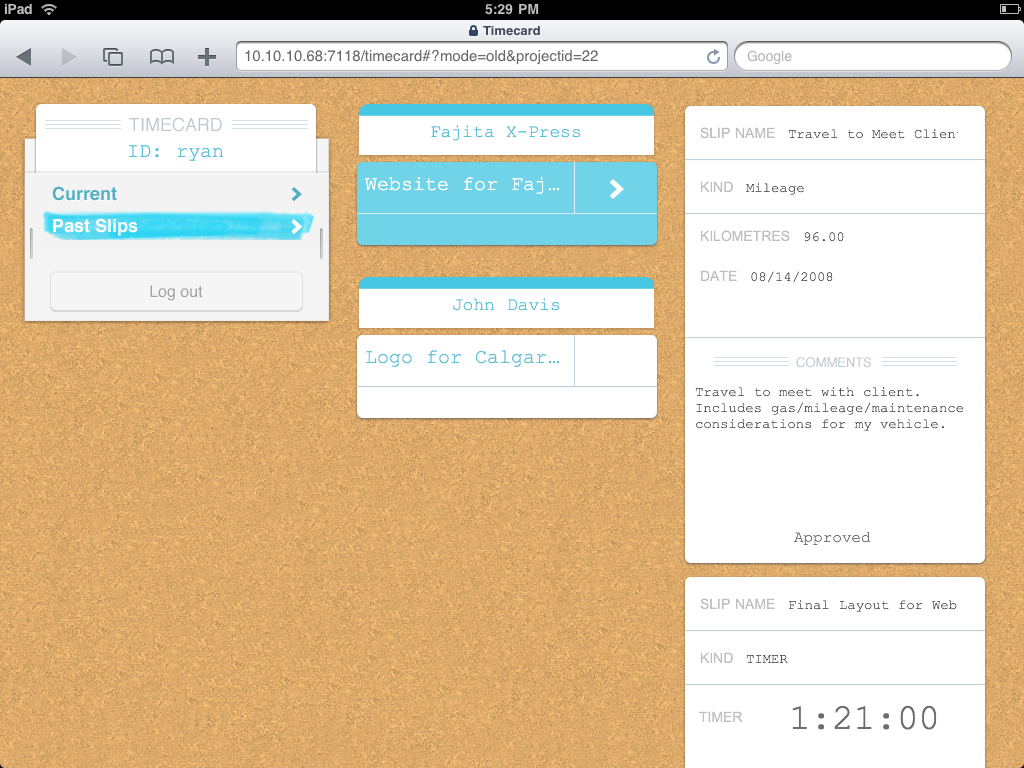

Once you’ve decided on a fixed fee that covers your costs, expenses, and ensures you make a profit, stick to it. No matter the specific project differences, make sure they’re reflected in the flat fee estimate you present to your client. Some such projects will require a more elaborate design, more features included in the interface, or simply, a more demanding client who’s hard to please and will require additional work. Having a default project fee is fine, but not all projects are equal, even if they’re officially the same type of project – so, you’ll need to define variables that will help you price your projects.įor example, handling the interface design of an application may sound like a one-size-fits-all type of project, but will usually differ in execution and practice. This includes the time you’ll spend working on the project directly, but also all the time you’ll need to spend on project-related administration and similar tasks (such as commutes, phone calls, email communication…). Approximate all the time you’ll need in order to finish said project

In order to set flat fees for your services, you’ll need to :ġ.
#BILLINGS PRO TIMECARD HOW TO#
How to charge a flat rate if you’re a freelancer That’s the gist, and now let’s look at these two project billing types in more detail. You charge for a specific service based on the number of hours you’ve put into it. You charge a fixed, flat fee for a specific service – you always charge the same for this service, regardless of the number of hours you put into it. There are some basic differences between the two types of project billing you should consider before making your choice: Want to easily calculate the rates that’ll make sure you cover your expenses and reach your ideal target salary? Here’s an extensive guide on the subject, where you can also use Clockify hourly rate calculator for billing.
#BILLINGS PRO TIMECARD SOFTWARE#
No matter what project billing type you choose, you’ll also have to determine your expected income – this is the amount of money you’ll have to earn in order to pay your bills, cover the cost of your work material and software you use, pay taxes and insurance, but also ultimately make a profit and hit your target annual salary. There are 2 main project billing options for projects and tasks you can choose from – charging a flat fee or billing by the hour. In any case, there are several project billing types you can implement in your project billing process. Yet, freelancers often handle this task on their own. In companies, this process is often handled by the accounting department of a company, or an accounting specialist you’ve hired outside of the company. How to bill clients if you’re a freelancerĪccording to the official Cambridge dictionary definition, billing is the process of preparing, and then sending out bills that ask the clients to pay the amount of money they owe you for goods, or your services and time.How to bill hourly if you’re a freelancer.How to charge a flat rate if you’re a freelancer.


 0 kommentar(er)
0 kommentar(er)
